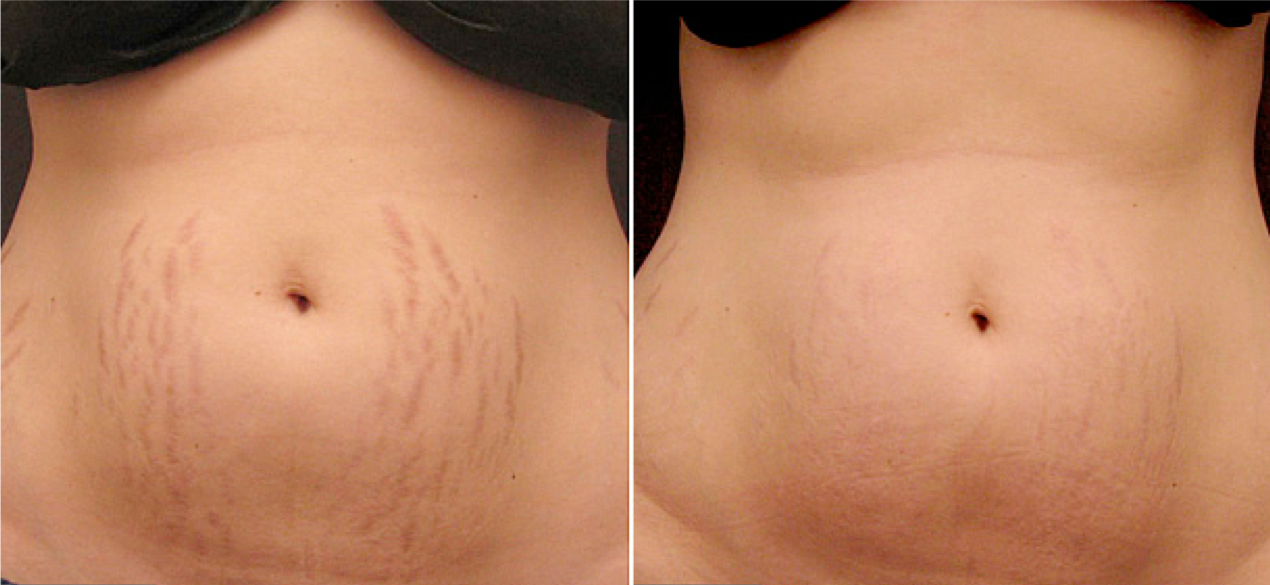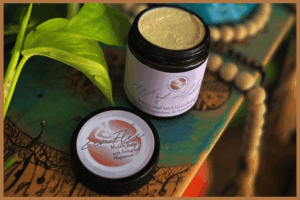After a microneedling treatment, proper preparation and mindful aftercare are essential to ensure the best possible outcome- both for your results and for your body’s healing process. This guide outlines the key dos and don’ts to follow before and after each microneedling session, helping you avoid potential sensitivities, support your skin’s recovery, and maximize the long-term benefits of your treatment. Whether this is your first session or part of an ongoing skincare plan, following these guidelines will help you approach microneedling with confidence and care.
Pre-treatment:
Dos:
- Hydrate: Staying hydrated before your microneedling treatment is essential, as it helps ensure your skin is more supple, allowing the microneedles to work more effectively. Proper hydration also minimizes the risk of irritation and supports better healing post-treatment, leading to optimal results and a more comfortable experience.
- Exfoliate and Moisturize: If you are predisposed to dryness, keep in mind microneedling temporarily releases moisture from the skin as micro-channels are opened. This can temporarily worsen dry skin during the healing process. It’s recommended to begin gently exfoliating and moisturizing 1-2 weeks prior to beginning your microneedling treatments to ensure dry skin is well managed beforehand.
- Gently Cleanse: If you’re having a facial treatment, gently cleanse your face with a mild facial cleanser before coming to your appointment. For body treatments, cleanse the area being treated with a gentle soap prior to your appointment.
Don’ts:
- Skincare Products:
- For the week leading up to microneedling, discontinue use of products containing chemical exfoliants and active ingredients including alpha hydroxy acids (AHAs) or beta hydroxy acids (BHAs), Retinol, Retin A, Retinoids, and vitamin C.
- Avoid using new skincare products in the days leading up to a microneedling treatment. Only use products you know are safe and non-reactive on your skin to minimize risk of reactions due to allergies or sensitivities.
- Do not apply any sunscreen, skin care products, or makeup to the area being treated on the day of your microneedling session.
- NSAIDS: Refrain from using NSAIDs for one week prior to your microneedling session (unless your doctor advises otherwise). These medications can thin the blood and increase your risk of bruising.
- Medications, Herbs, and Supplements: Discontinue any other blood-thinning medications, supplements, or herbs (such as vitamin E or fish oil) for one week before your microneedling treatment, with the approval of your prescribing physician.
- Retinoid-based Acne Treatments: Accutane or other retinoid-based acne treatments must be discontinued for 6 to 12 months before starting microneedling sessions. If you are currently taking this type of medication, see your doctor about finding an alternative treatment before beginning microneedling. Oral supplements containing vitamin A1 (retinol) should also be avoided for 6 months leading up to microneedling.
- Other Cosmetic Treatments: To ensure the best results from microneedling, avoid other cosmetic procedures for two weeks before your session. This includes IPL (intense pulsed light) therapy, laser treatments, physical exfoliation, and chemical peels. These treatments may irritate the skin and increase sensitivity.
- Hair Removal: You may shave the treatment area up to a week before your session. Wait to have microneedling done until 2 weeks after other hair removal methods like electrolysis, hair removal creams, laser hair removal, or waxing, as these can increase skin sensitivity.
- Sun Exposure and Tanning Beds: In order to limit UV damage prior to your microneedling session, be careful to protect your skin from sunburn. This can be done by wearing a minimum of SPF 30 broad spectrum sunscreen, wearing protective sunwear such as hats/ UPF clothing, and limiting time spent outdoors while the UV index is highest between 10 am and 4 pm. Additionally, avoid tanning beds for one week before your session.
Post-treatment:
Dos:
- Hydrate: Be sure to drink plenty of water to stay adequately hydrated during your microneedling aftercare. This supports faster healing time and the overall health of your skin.
- Cool Rinse: You may rinse your face with cool water 8 hours after your treatment (using clean hands only, do not use exfoliation pads or devices, a washcloth, or skincare brush).
- Gently Cleanse: You may begin cleansing the treated area twice daily beginning 24 hours after microneedling using a gentle non-exfoliating cleanser (using clean hands only, do not use exfoliation pads or devices, a washcloth, or skincare brush).
- Gentle Skincare: Gentle, non-irritating skin care products will be recommended by your practitioner to use in the week following your microneedling treatment. Once the initial healing process is complete and your skin no longer shows signs of sensitivity or peeling, you can return to using your normal skin care products.
- Moisturize:
- To achieve a balance of properly hydrated skin, it is recommended to moisturize once in the morning for patients with normal to oily skin. Patients with dry skin are recommended to moisturize once morning and night. Be sure to use a moisturizer that is gentle, non-irritating, and approved by your practitioner in the first week following your treatment.
- Avoid over-moisturizing your skin as it begins to feel dry and peel, as this can delay cellular turnover and visible results after a treatment. Peeling skin is a sign of accelerated cellular regeneration and is a natural part of the recovery process. While maintaining moisture in the skin post-treatment is essential, it is important not to over or under moisturize.
- Sun Protection: You may start using a broad-spectrum sunscreen (minimum SPF 30, preferably mineral) 24 hours after your microneedling treatment. Some patients may find sunscreen to be irritating during the first week of healing post microneedling. In that case, it’s recommended to avoid sunscreen and instead stay indoors or wear protective clothing to minimize sun exposure.
Don’ts:
- Exertion and Sweating: During the initial 3 days following a microneedling treatment, limit strenuous activity along with sweating if possible. Living in Florida, this can be a difficult thing to do. During the summer months, it’s best to spend time indoors in an air conditioned environment if possible in the days following a microneedling treatment. Very hot showers, steam rooms, swimming pools and saunas should also be avoided for the week following microneedling.
- Skin Touching, Peeling and Picking: 3-5 days after microneedling, you may notice additional dryness and peeling of the treated area. While it can be tempting, be sure to avoid touching, peeling or picking your skin during this initial healing stage. This could hinder the recovery process and increase your risk for acne or infection.
- Exfoliation: Do not use exfoliation products for 1 week post treatment. Keep your skin moisturized and allow it to shed naturally during this time. You may begin exfoliating gently 2-3x weekly after your skin has had 7 days to heal.
- Skincare to Avoid: Do not use products containing chemical exfoliants or active ingredients such as alpha hydroxy acids (AHAs) or beta hydroxy acids (BHAs), Retinol, Retin-A, Retinoids, and vitamin C for the first week following microneedling. If you have a question about the ingredients in your skincare products, ask your practitioner before using.
- Cosmetics: While micro-channels in the skin are still open, makeup could interfere with the healing process and lead to irritation or infection. It’s preferable to wait 5-7 days after microneedling before wearing makeup, but a minimum of 48 hours. Once the skin peeling process is complete and your skin no longer feels sensitive, you may return to your usual cosmetics routine.
- Other Cosmetic Treatments: During your series of microneedling treatments, it’s best to discontinue other cosmetic interventions including home-use dermarollers, laser skin resurfacing, injections, and chemical peels. Gentle facials, microdermabrasion, and dermaplaning are exceptions that can be helpful if performed approximately two weeks before or after microneedling treatments. Give your skin the necessary time to heal and regenerate.
- NSAIDS: Refrain from using NSAIDs for one week following your microneedling session (unless your doctor advises otherwise), as they may slow the rate at which your skin heals.
- Medications, Herbs, and Supplements: To support your skin’s healing process and decrease risk of bruising, discontinue any other blood-thinning medications, supplements, or herbs (such as vitamin E or fish oil) for one week following your microneedling treatment, with the approval of your prescribing physician.
- Alcohol and Tobacco Use: It’s best to avoid alcohol and tobacco products in the first week following a microneedling treatment, as they can interfere with the skin’s ability to heal.
Who should not get microneedling?
Microneedling may not be suitable for you at this time if any of the following conditions currently apply:
- You are currently pregnant, within the first three months postpartum, or breastfeeding.
- You have an active cold or flu.
- You have known allergies or sensitivities to stainless steel, numbing agents, or ingredients in the skincare products used during the microneedling process.
- You have an active inflammatory skin condition that is open or weeping, such as pustular or nodular rosacea, or weeping eczema.
- You have an active skin infection, open wounds, or a current herpes simplex (cold sore) outbreak in the treatment area.
- You have a history of hypertrophic or keloid scarring.
- You have been diagnosed with skin cancer or have precancerous skin lesions.
- You have an uncontrolled immune disorder or histamine intolerance.
- You are immunocompromised due to chemotherapy, radiation, high-dose steroid medications, or any other factor.
- You have a history of uncontrolled high blood pressure or severe migraines.
- You have diabetes, hemophilia, or another bleeding disorder.
- You are currently taking anticoagulant medications such as aspirin, heparin, or warfarin.
- You have taken Accutane (or any related acne medication) within the past 12 months.
Be mindful if you have tattoos in your desired treatment area. Microneedling can noticeably lighten tattoos, though it won’t fully remove them.
We’re here to help you feel confident in your skin and in your care. If you’d like to talk about whether microneedling is a good option for you, give our office a call—we’re happy to answer any questions and help you take the next step to meet your skincare goals.

